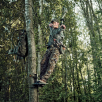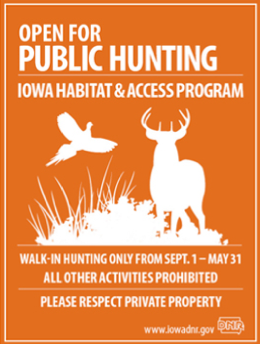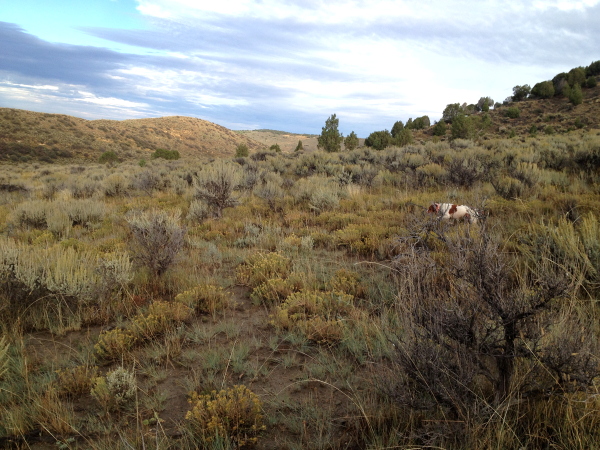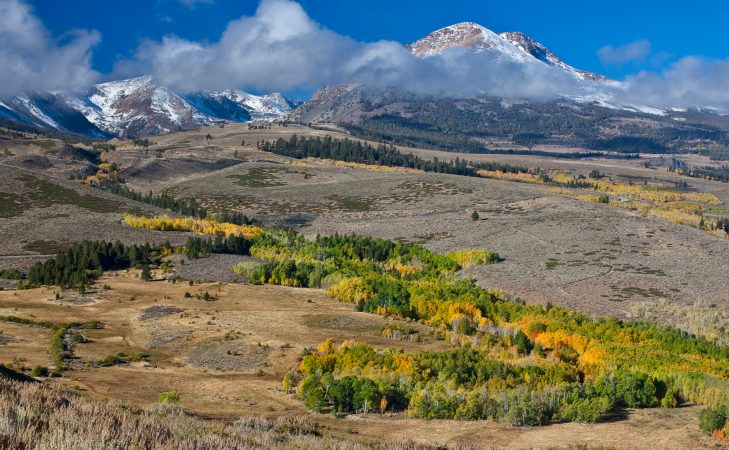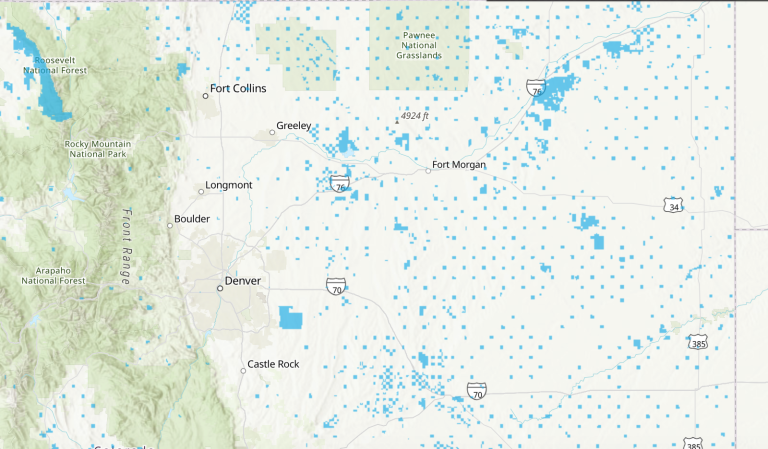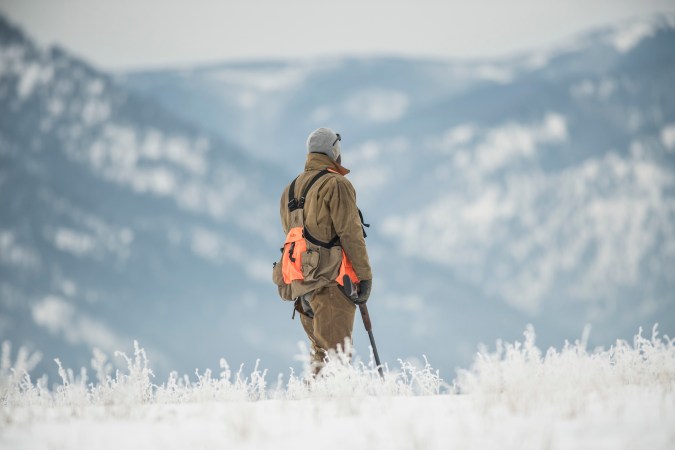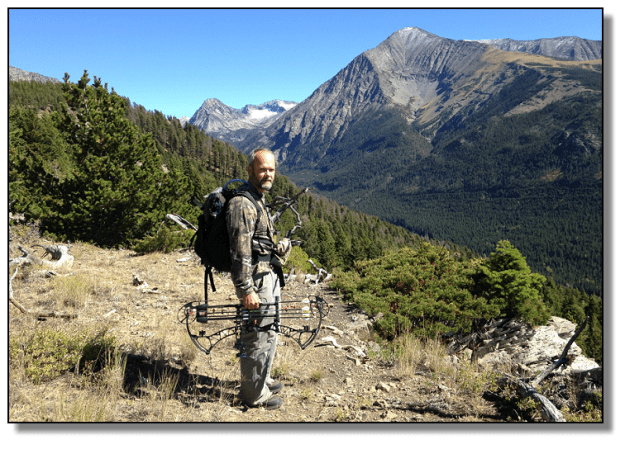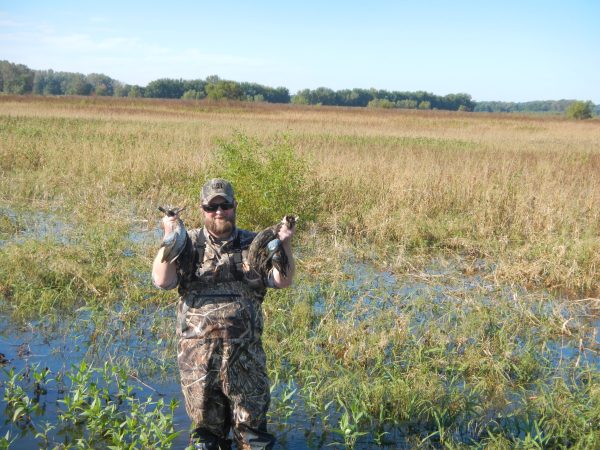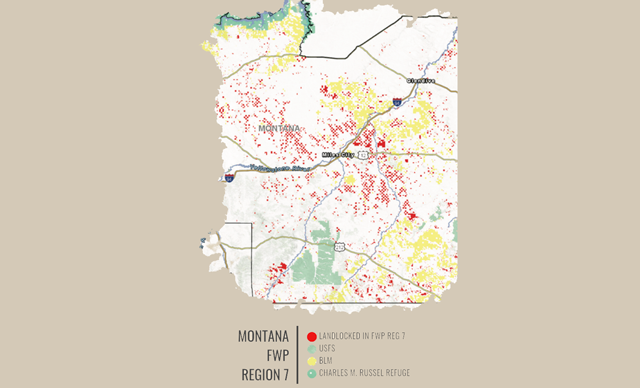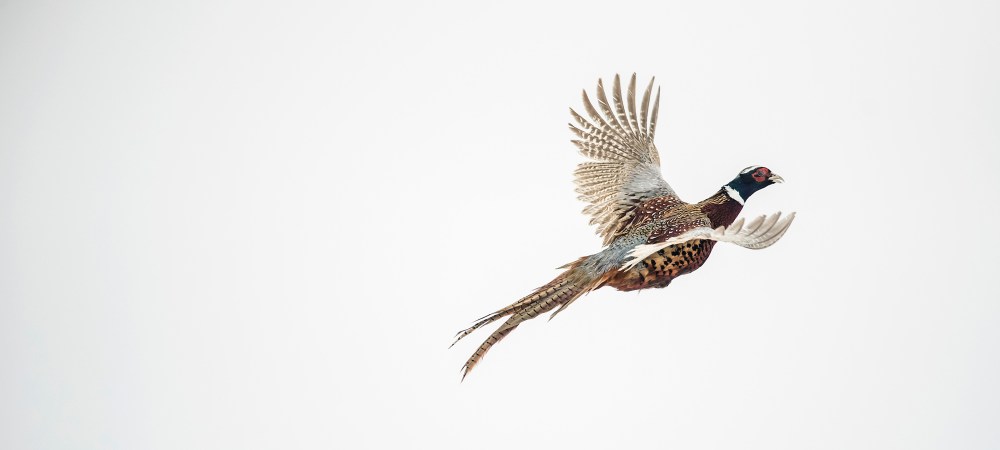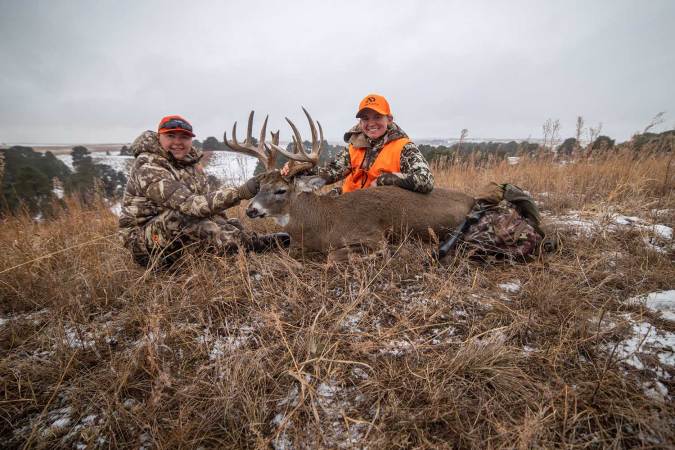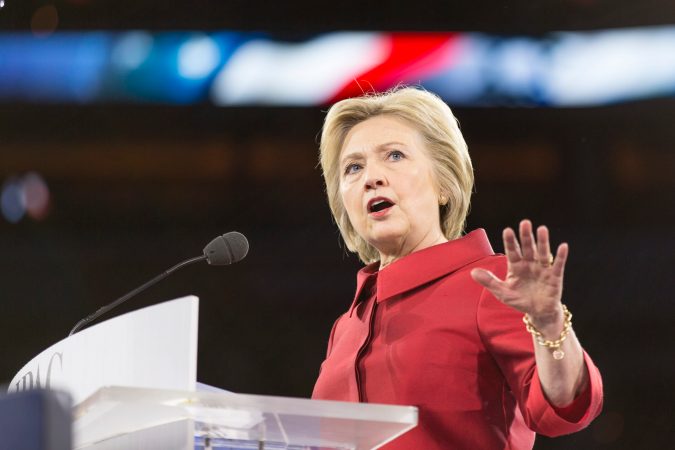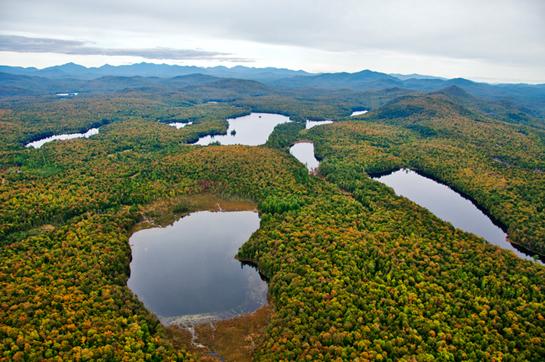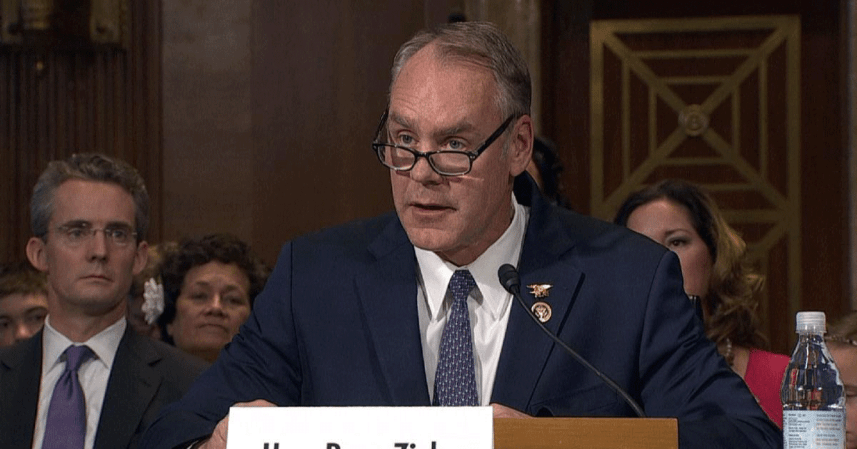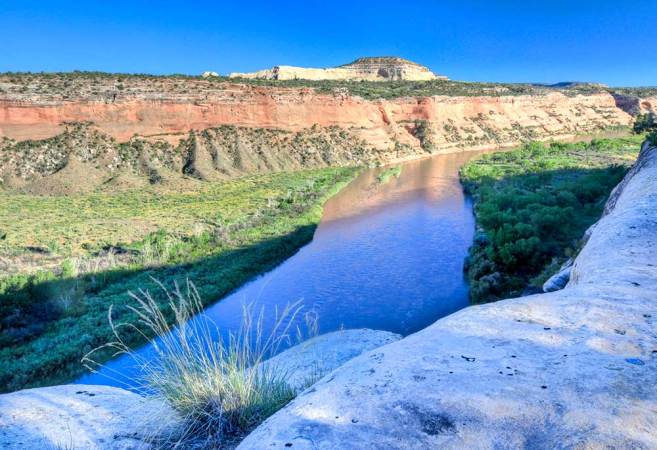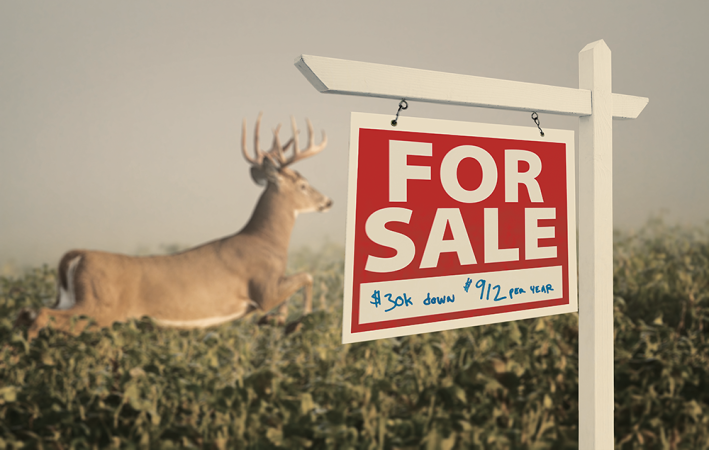Iowa is one of those “must-hunt” destinations if you’re a serious whitetail hunter. Unfortunately, if you aren’t able to pay an outfitter or have a connection for hunting private land, you’ll find hunting Iowa a real challenge.
Iowa has precious little public ground, ranking 49th in the country for public land holdings.
But now the Iowa Department of Natural Resources is trying to remedy that situation with its new Iowa Habitat and Access Program (IHAP). The program encourages landowners to open their land to public hunting and in turn receive funding and guidance for habitat improvements.
The program is not unlike those in several other Midwestern states that I’ve hunted with mixed results.
IHAP lands are open to walk-in hunting access from Sept. 1 – May 31. Areas are well-posted and will be regularly patrolled by Iowa DNR officers. To date, just a handful of properties are enrolled in the program (about 1,300 acres total) but the IHAP program is quite different from other walk-in hunting programs in two very critical areas: cash and habitat.
A Difference in Habitat
For comparison, Kansas has a fairly robust walk-in program that accounts for hundreds of thousands of acres being made available to hunters. Payment for enrolling 1,000 acres of land in the Kansas WIHA program is about $1,300, paid directly to the landowner. A common criticism of the Kansas walk-in program is that most of the land enrolled in the program is very low-quality habitat. From my experience, some Kansas WIHA property is good but the majority of it simply is not.
The Iowa program provides funding for improving wildlife habitat on the landowner’s property. To enroll in the IHAP program, landowners work with the Iowa DNR to create a habitat improvement plan. Contractors are then hired to implement the work and 100 percent of the costs are covered by IHAP funds. Incentive rates are solid — $220/acre for corn or soybean food plots; $650/acre for tree and shrub planting, etc. Landowners do not receive any direct payment unless they happen to be qualified to complete the habitat work.
The end result is public hunting access on private lands that will, in all likelihood, be top-quality habitat.
Will Landowners Buy in?
One drawback I see to this system, however, is a lack of direct financial benefit to the landowner. How many landowners will be willing to open their land to public hunting in exchange for habitat improvement alone? Some certainly will. But many landowners in Iowa are farmers. I can’t imagine they’d be too interested in making their land even more welcoming to crop-eating deer by improving the habitat. But if a program was implemented that provided those farmers a financial incentive to open their lands to hunters, they might be interested.
Lease Locked
Wait … that system does exist. It’s called leasing and the practice is becoming more common place by individual hunters looking for a place to hunt. You certainly can’t fault a landowner for looking to make a little cash off his land, nor can you fault the hunters who are willing to spend money on what they love. But the practice of individual hunters locking up big chunks of ground can certainly make it tough for folks to find good places to hunt and is changing the landscape of hunting across the nation.
It wasn’t so long ago that landowners were willing to grant access to their properties with nothing more than a polite request and a handshake. Today, those landowners are more likely than ever to have leased the hunting rights of their property to just a few individuals. In the past, a 600-acre farm may have supported a dozen hunters over the course of the season. Now, that same piece of land may be leased by two or three hunters alone.
With the growth in leases and limited access to private lands, another problem has emerged: How to manage deer populations effectively?
Biologists can only set regulations designed to effectively control game populations. They can not force participation. With more land being locked up by a minority of hunters on private land (where the bulk of game populations live), the task of managing wildlife numbers is infinitely more difficult.
Iowa’s IHAP program is an attempt to not only improve wildlife habitat and encourage public access, it’s also a program designed to put more hunters on the lands where wildlife populations can grow out of control.
Iowa’s IHAP program is undoubtedly a welcome new system that’s helping create more public access in Iowa. But just how well will a habitat-for-access system work? Only time will tell.
